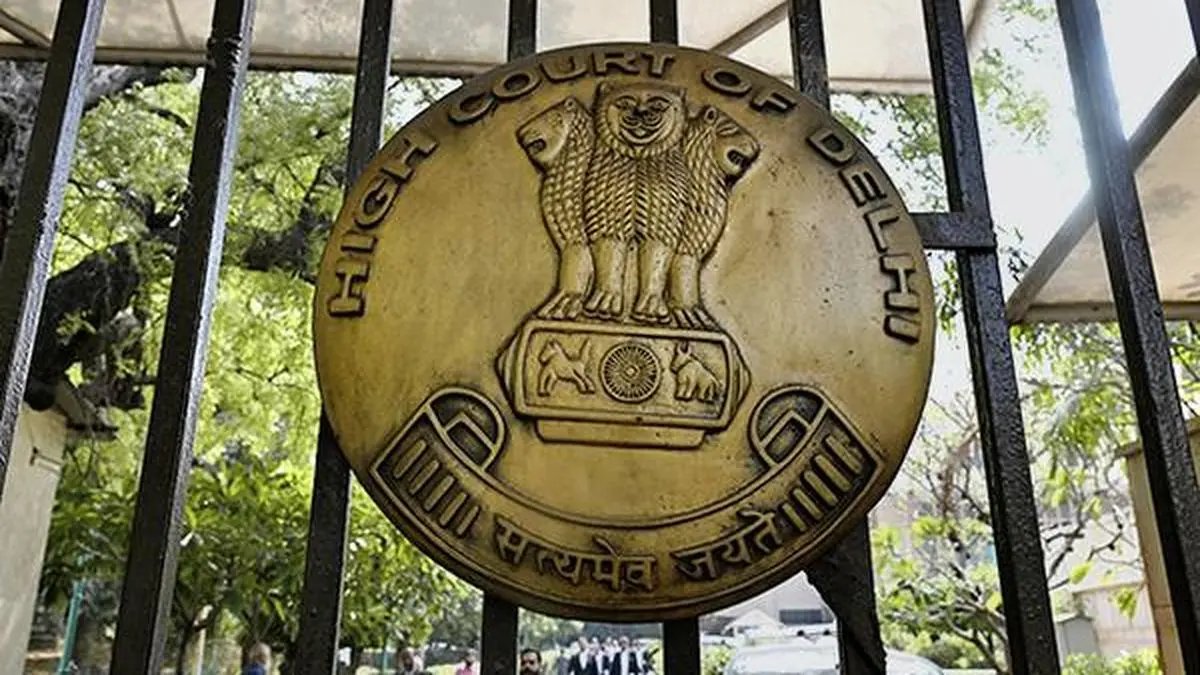Delhi HC rules increasing quantity without MRP cut after GST reduction is deceptive


The bench, comprising Justices Prathiba M Singh and Shail Jain, emphasized that anti-profiteering authorities have the power to order price reductions, return undue benefits with interest, deposit amounts in the Consumer Welfare Fund, levy penalties, and even cancel GST registration in extreme cases.
| Photo Credit:
SUSHIL KUMAR VERMA
The Delhi High Court has stated that increasing the quantity while maintaining the maximum retail price (MRP) after the GST rate reduction constitutes deception. It also held that authority defined under the anti-profiteering mechanism can cancel the registration of a concern if the GST rate cut is not passed.
Disposing of a petition filed by Sharma Trading Company, a distributor of Hindustan Unilever Limited, a division bench of Justices Prathiba M Singh and Shail Jain opined that all schemes which may have been in operation ought to have been recalibrated with the reduction in GST rates. There may be some transitional issues; however, the purpose of reducing GST rates cannot be defeated. Such problems are those for which manufacturers and retailers ought to be prepared. For example, upon the immediate reduction of GST rates, the product’s MRP may remain the same, but the GST component must be reduced, even if it means selling the product for less than its MRP.
According to the bench, the term MRP means `Maximum Retail Price,’ and thus, sale below the said price is permissible. It is only sale above the said price which is impermissible. But “to ensure that the GST benefit is not passed on, increasing the quantity of the product unknowingly and charging the same MRP is nothing but deception,” it said while adding that the consumer’s choice is being curtailed. “The non-reduction of price cannot be sought to be justified on the ground that the quantity has been increased or that there was some scheme which justifies the price increase. In the opinion of this Court, such an approach would defeat the entire purpose of reduction of GST rates and the same cannot be permitted,” the bench said in a recent ruling.
Authority powers
The petition challenged an order passed by the erstwhile National Anti-Profiteering Authority (NAPA) in 2018 stating that the benefit of the rate cut had not been passed on. According to the petitioner, they were asked to deposit the profiteered amount into the Consumer Welfare Fund. Also, it was proposed to levy a penalty. The petitioner challenged the order. It argued that the grammage/quantity of the subject product was increased by 100 ml after the change in GST Rates on November 14, 2017. Therefore, the amount charged would be justified, since if the quantity of the subject product increases, the price can also be increased.
Legal framework
Section 171 of the CGST Act 2017 prescribes measures to curb anti-profiteering. Earlier, NAPA was constituted to look into the profiteering matter. As it was set up for a limited period, it was substituted by the Competition Commission of India (CCI) in 2022. Later in 2024, the Principal Bench of the GST Appellate Tribunal was empowered to discharge the functions previously performed by NAPA and subsequently by CCI. It was also stated that, on or after April 1, 2025, no new case of anti-profiteering will be considered, and only complaints before this date will be considered by GSTAT.
The Division Bench of the High Court made it clear that the ‘authority’ has the power to order the supplier/business concerned to reduce its prices or return the undue benefit availed by it, along with interest to the recipient of the goods or services. If the undue benefit cannot be passed on to the recipient, it can be ordered to be deposited in the Consumer Welfare Fund. “In extreme cases, the ‘authority’ can impose a penalty on the defaulting business entity and even order the cancellation of its registration under GST,” it said.
Published on October 3, 2025


